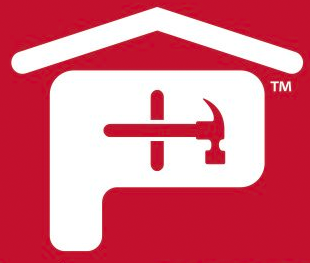For decades, the asphalt shingle has been the most popular choice for residential roofing systems, from coast to coast. Let's explore why this roofing classic remains a perennial pick with homeowners and contractors alike.
Cost-efficient materials
The main components that are used to make asphalt shingles are generally bought and manufactured in bulk. This results in a low per-unit price and a cost-effective product that is used nationwide. Thanks to these economies of scale, asphalt shingles are generally more affordable than other types of roofing materials.
Here in the U.S., asphalt shingles have traditionally been categorized as being either organic-based or fiberglass-based, but in recent years, fiberglass has become the leading material used. Organic-based asphalt shingles are produced with a base (also referred to as the shingle's mat or substrate) made of some type of cellulose fibers, such as recycled waste paper and wood fibers. This organic base is saturated with a specially formulated asphalt coating and surfaced with weather resistant mineral granules. Fiberglass-based asphalt shingles are built upon a mat made entirely of glass fibers in varying lengths and orientations. This fiberglass base is then surfaced with a specially formulated asphalt coating, followed by weather-resistant mineral granules.
Easy (and budget-friendly) installation
Installing asphalt shingles requires knowledge of basic roofing system components and application, but they are generally easier to install than other types of roofing, such as metal panel or tile roofs. This also keeps labor costs affordable, compared to other roof types.
Lightweight in design
Because asphalt shingles are lighter than other roofing materials, such as slate, tile and some metal, procuring, handling and installation is relatively easy. This also means they are an ideal material to apply to homes which doesn’t add unnecessary extra weight to a roof, which can cause structural damage to a home's walls and foundation. Most houses handle asphalt shingles well because they don’t impose much weight on the building's structure.
Diversity in texture, color and shapes
In recent years, roofing material manufactures have brought to market a wide array of shingle types for homeowners to choose from. With individuality and curb appeal becoming more important than ever, today's homeowner can now select from a wide variety of unique textures and finishes, colors and hues, and shapes and sizes. In fact, many of today's shingles don't look like "traditional" shingles—they can have the look of shake, tile, slate and more—all with the ease and affordability of a shingle roof.
Atlas offers a broad collection of shingle options to choose from, in a range of colors, shapes and textures that ensures a match for any style of home or homeowner taste. They also provide a handy Select Your Roof Shingle Visualizer, an easy-to-use app that takes the guesswork out of selecting and purchasing a new shingle roof by helping homeowners make shingle color and style decisions. For more information on Atlas roofing products, please visit atlasroofing.com.



 Gear!
Gear! PRO LOGIN
PRO LOGIN